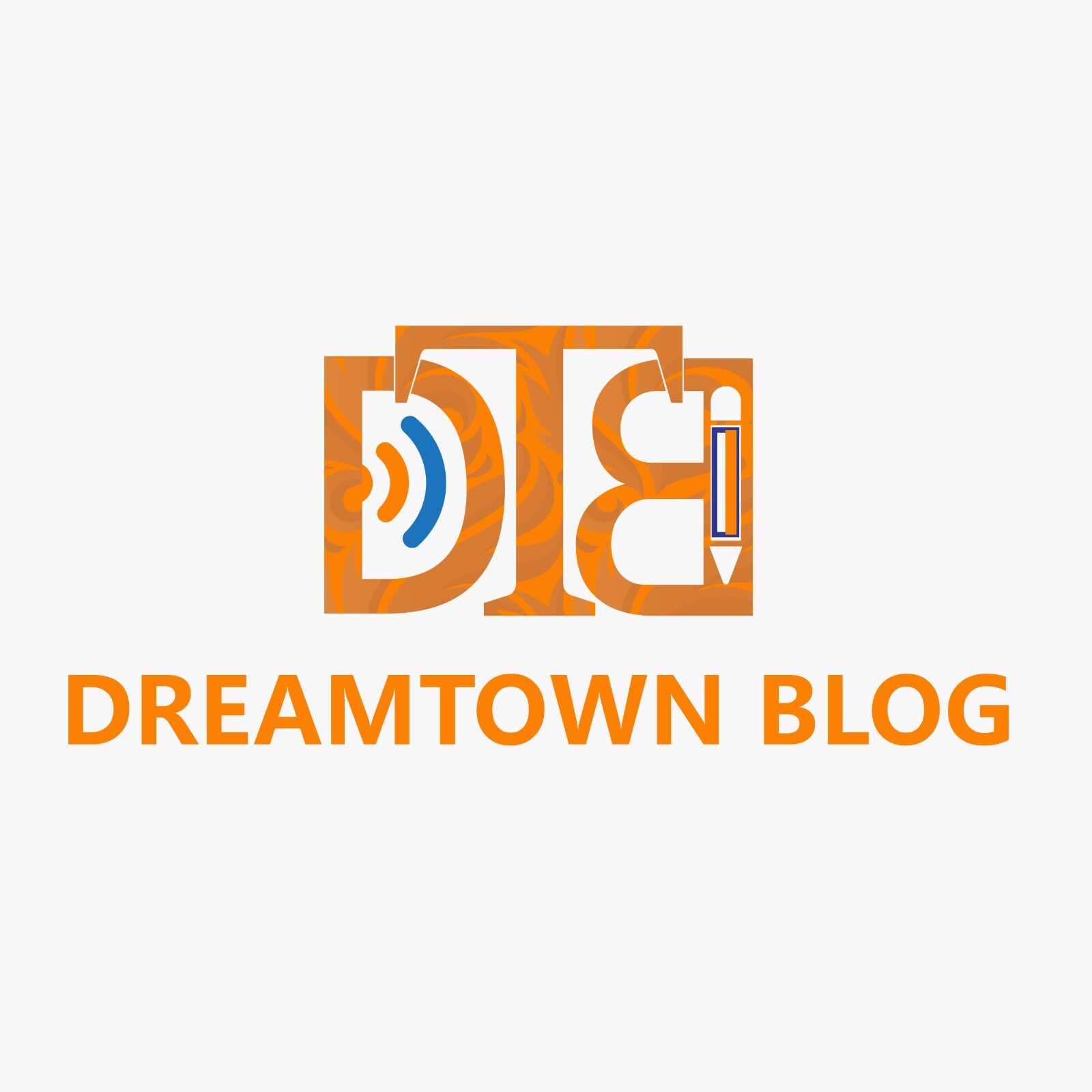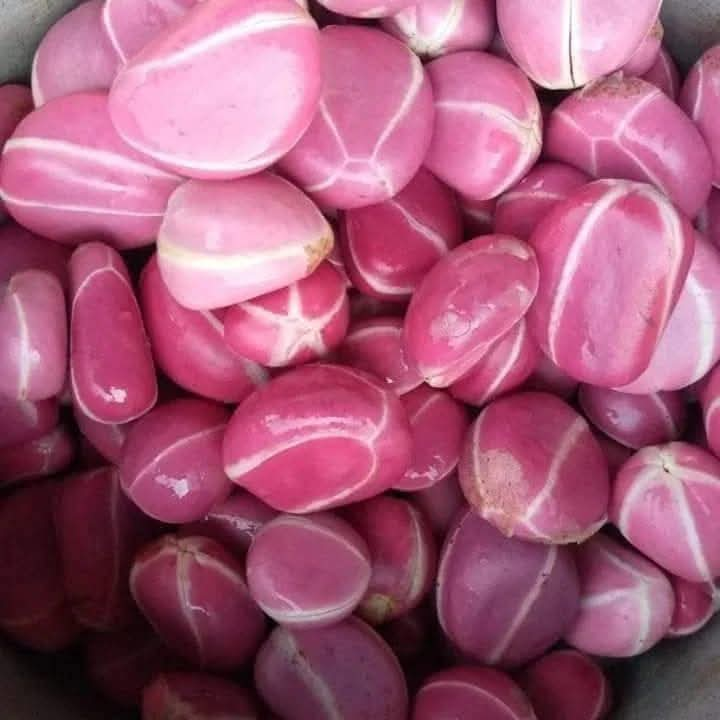Understanding Oji igbo (kola) has a very significant role to play in igbo land, and its spirituality.
In Igbo land, not every Oji (Kola nut) is used to pray as Ndi Igbo. The kind/type of Oji ( Kola nut) we use in Igbo land for praying is the one we call Oji Igbo.
This type of Kolanut is different from the one they call Gworo.
The uniqueness of Oji Igbo is in its ability to talk, while Gworo cannot talk.
How Does Oji Igbo (kola nut) Talk.
When we say oji igbo talks, what we mean by cannot talk is that oji Gworo does not have male and female lobes when broken. Also, Gworo mainly have two or three lobes.
But Oji Igbo can have up to seven lobes. So Oji lobes is the medium through which the Oji communicates to its people.
Understanding Oji Igbo (kola nuts)
When Oji Igbo is whole and cannot be broken after praying with it, it is called as Oji dalu ogbi. This means a dumb Oji.
We as Ndi Igbo do not use such Oji to pray.
When the broken Oji Igbo is just two parts: it is called Oji gbalu okala. Many do not use such kola to pray because they believe it denotes negativity, quarrel or dullness.
Furthermore, when you brake Oji gbalu okala, it is neither male nor female. It is in a state of confusion because it most have male and female lobes.
When Oji is broken in three parts: it is called Oji Ikenga/oji okike. It shows power, bravery, achievements, and success.
Our people will say akwukwa di ato, ite esiri.
We use this type of Oji to pray as it signifies stability.
Oji gbalu ato when broken are all masculine.
When Oji is in four lobes: it is called ezumezu/oji nwoke na nwanyi.
This is because the four lobes are made up of two males and two females.
The oji igbo (kolanut) of peace and blessing that signifies completeness.
This four lobed oji igbo represents the four market days in igbo land which are: Eke, Orie, Afor, Nkwo.
This is the first interactive Oji that the duality and polarity of existence is firmly and clearly established.
We use this kind of Oji for divination because of its balanced energy vibration.
When Oji is five lobes: it is called omumu.
The five lobes are made up of two males and three females.
It signifies fruitfulness. Unlike the four lobed. It shows good omen.
When Oji is six: it is still omumu.
Some term it double Ikenga.
Oji gbalu isi is either made up of three males and three females or two males and four females.
This type of Oji signifies blessing.
When Oji is seven: it is called Oji Muo.
This type of Oji is a rarity. Once seen, it is believed a cock should be slaughtered for it.
Seven in Igbo metaphysics signifies end of a cycle.
Uwa mu uwa asaa, Ife rie asaa onaa.
It is also a kola nut of perfection of man and spirit, kola of prosperity to everyone that partake in the kola nut breaking ritual.
Now, the beautiful thing which is not explored about Oji Igbo is how connotes creation story.
Remember, Igbos believe this world was broken. It was split into two how Oji splits. Uwa walu awaa.
The first Oji, Oji dalu ogbi, codify the formless nature of the world before it began to split.
The second Oji, Oji Okala, shows how the world was in a state of confusion when it first broke before our first ancestors, Ndi Mbu, began to tame it to give it shape.
The third Oji, Oji Ikenga, signifies a world that has been given shape. Stability and thriving life on earth, which was achieved through this taming.
The fourth, Oji ezumezu, shows how the duality consciousness is in the basis of our existence as humans.
Man needs woman and woman needs man in order to survive and further this world.
Conclusion
However, it is important to note that it is only the specie of Oji known as Oji Igbo that has this codified history and spiritual energy.
It is very important to note this disclaimer that because we call it Oji Igbo, does not mean it is only in Ala Igbo (igbo land) that this brand of Oji grows. No.
This specie of Oji we normally call Oji Igbo also grows outside Ala Igbo.
However, it appears it is more sacred to us as Ndi Igbo.
Surprisingly, this specie of Oji which is very sensitive is gradually going extinct in Ala Igbo.


